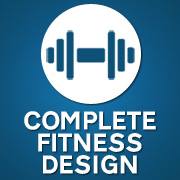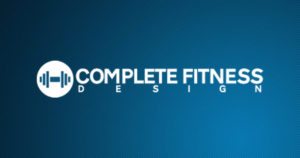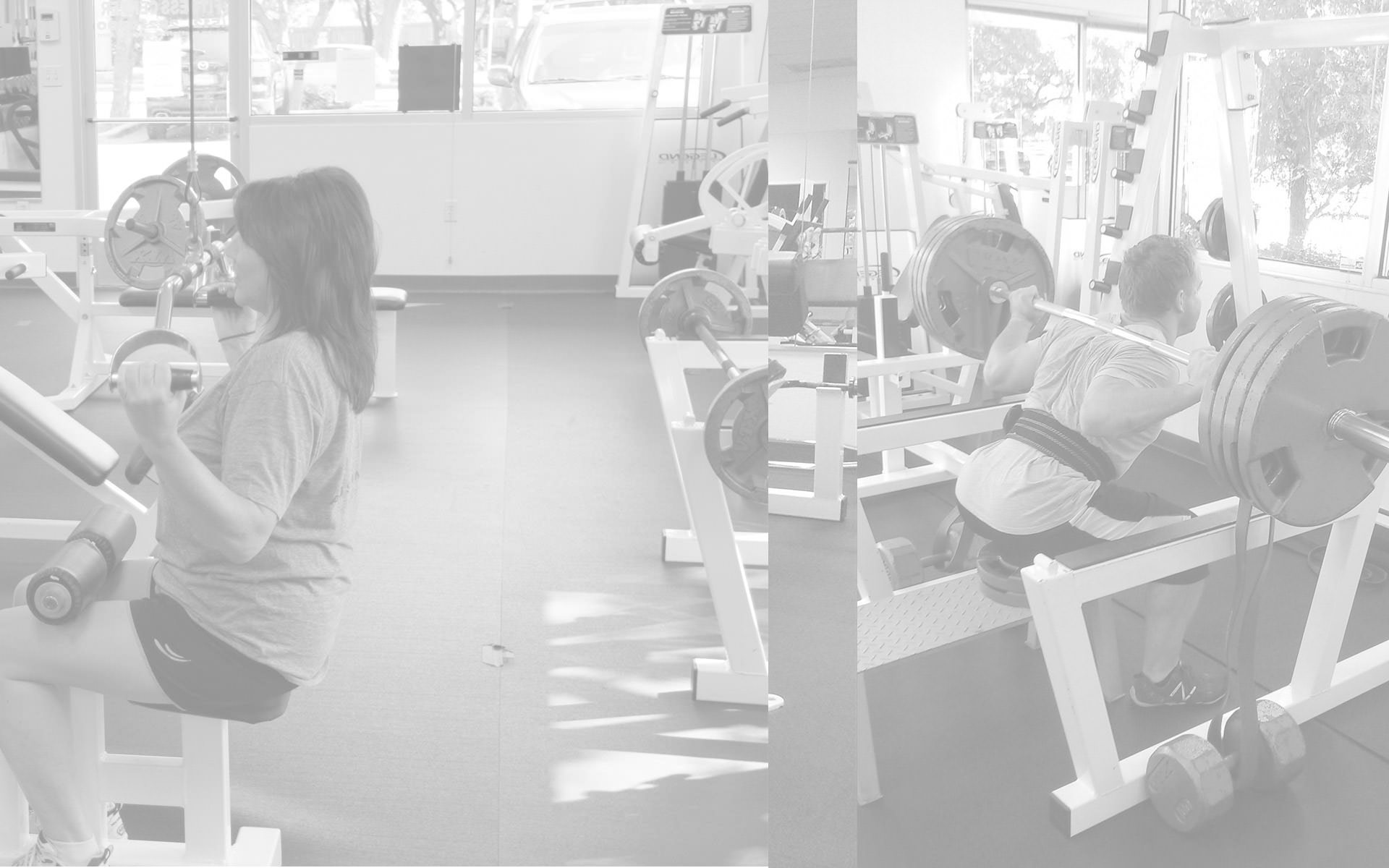Need Help Alleviating Low Back Pain?
Low back pain is something that affects millions of people all over the world. It can be severe enough to make people miss work, pass up social events, and in general, compromise their quality of life a great deal. The symptoms vary as much as the causes, therefore alleviating low back pain can be a complicated process that involves surgery, or it could be as simple as employing some simple stretches into your everyday routine.
Sciatica, a shooting pain down the side or back of the leg that originates from the low back region, is an often misunderstood malady, though over 3 million people per year seek treatment for it. People have told me that their doctor has diagnosed them with sciatica, but in reality, that’s a misunderstanding, as sciatica is a symptom, not a diagnosis. Sciatica symptoms are generated by the sciatic nerve, which is the largest single nerve in the human body. It runs from the low back down through the buttocks, to the lower extremities. It’s main purpose is to connect the spinal cord with the feet and toes. The symptoms of leg pain, or sciatica emerge when there is pressure placed upon the sciatic nerve. The pain could be anything from a dull ache, a burning sensation, or even sharp, stabbing pain. Other times, people suffering from sciatica can feel a tingling sensation, or even numbness in the affected area. Alleviating low back pain caused by sciatica is often done by applying heat to the low back region as it will increase blood flow to the area. Others apply ice to the same area in an attempt to decrease the inflammation, but there are better methods to accomplish that. Apart from a cortical steroid injection, which has it share of complications at times, the best ways to reduce inflammation naturally are to consume a large amount of leafy greens and fish oil. Drinking an adequate amount of water is also essential for knocking out inflammation. Sciatica symptoms usually dissipate on their own within a few days to a few weeks, but reducing the inflammation and perhaps taking some pain medication in the meantime will make it almost painless in the interim. When sciatica is suspected to have been caused by a herniated disc or a bone spur, it is advised to go seek a medical professional for an x ray to confirm the skeletal issue before doing any advanced physical therapy or exercises.
In the aforementioned sciatica scenario, alleviating low back pain can be as simple as reducing inflammation and consuming adequate amounts of water. Other times, it may a bit more involved depending upon which contributing factors are causing the discomfort. As long as I’ve been a personal trainer in Austin, I very often hear new people tell me when they meet me for a consultation, that they have a bad back. When pressed for more detail, they say their back hurts a lot when they stand for prolonged periods of time. Vacuuming, mowing the lawn, or just going for walks can be painful experiences for these people. More often than not, the problem doesn’t lie in the back, but in their hips.
Tight hip flexors, such as the psoas muscles, for example, will greatly contribute to low back pain. When the psoas is tight or inflexible, it will pull the pelvis into a downward frontal tilt. The result of the pelvis’ new position will result in a shortening of the erector spinae muscle which runs along the back side just above the buttocks. Long term exposure to this condition can result in spinal degeneration and a compression of discs in the lumbar area so it’s not to be ignored. This muscle will atrophy and tighten as a result of the pelvic tilt and there will be a substantial reduction in spinal and low back stability. Alleviating low back pain in this scenario will involve some stretching, corrective flexibility, body work, and restorative exercise. The psoas muscle will have to be elongated in order to restore the proper resting position of the pelvis. This is also achieved by loosening the collaterally tightened gluteal muscles, tfl’s, and piriformis muscles. Once the pelvis has been properly re positioned in it’s proper state, we can begin strengthening the affected muscles. This will involve some core strengthening, as the erector spinae is a part of the complex of core muscles. It will also involve a strengthening of the psoas, the iliopsoas, tfl muscles, piriformis, and of course, the gluteal muscles. Hamstrings will have to be lengthened and if deemed as lacking, then strengthened as well. Obviously this isn’t an overnight process, but like anything in fitness, getting overweight, inflexible, weaker, and so forth, isn’t either.
Alleviating Low Back Pain Medically
Alleviating low back pain can sometimes require a medical procedure, depending, of course, what the problem is. Lumbar spinal stenosis is such an example. This is a condition wherein bones and/or tissue grow and intrude into the gaps in the spinal column. The ensuing result is a compression of nerves and severe pain in the legs as well as the low back. If it is deemed a mild case, the discomfort can be managed with a strengthening of the surrounding areas as well as anti inflammatory treatments, paired with occasional pain medications. More serious cases will require a surgeon to remove the invasive growths in order to restore the ability of the patient to return to full mobility and be pain free.
Ankylosing spondylitis is another condition that can be controlled through exercise, proper posture, and the application of heat to the affected area when it’s a mild case. When it’s a more serious case, however, medication as well as surgery involving joint replacement are more viable options. Ankylosing spondylitis is essentially an inflammatory disease of the spinal column and is quite painful as one can imagine. Alleviating low back pain in clients who suffer from AS requires a multidimensional approach. Clients I’ve worked with suffering from AS were very tight throughout the hip complex and virtually immobile. A lengthening of the hip flexors, gluteals, hamstrings, etc, provided immediate relief. Core strengthening exercises were employed to better stabilize the low back while gluteal strengthening was done to support the proper angle of the pelvis. For very advanced cases of ankylosing spondylitis, medication is given to reduce the inflammation, but it comes at a price. The price of these anti inflammatory medications is often damage to the gastrointestinal tract. Fortunately for those suffering from AS, a newer crop of drugs has been introduced which are TNF blockers. These drugs have been shown to reduce inflammation not just in the joints, but in the spine as well.
Alleviating low back pain can be simply a matter of some restorative therapy coupled with good nutrition, stretching, and exercise practices no matter what the symptoms or diagnosis. For other cases, a medical approach may be needed initially before undertaking an exercise or physical therapy regimen.
Ready to Get Started?





